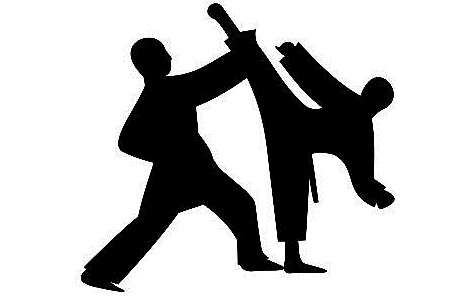
ADVANTAGES OF TAEKWONDO
Tae kwon do is a martial art form that originated in Korea and is practiced around the world. It offers a variety of physical and mental benefits. From self-defense to losing weight, tae kwon do is a martial art for all ages. It can be an individual sport, a partner sport or a group sport.
Self-Discipline
Any martial art form requires self-discipline and determination. Tae kwon do offers a variety of movements, patterns, strikes, kicks and punches that keep the mind stimulated and the body strong. Learning to control your movements, perfect your forms and memorize patterns takes concentration and focus.
Exercise
Tae kwon do provides all-around exercise benefits, from stretching to aerobic moves. Regardless of your current physical fitness level, beginners in tae kwon do learn basic moves that gradually strengthen and tone the body, increase flexibility and stamina and improve endurance. Each pattern in tae kwon do builds on the basics of the pattern before it, gradually offering the student increasing mental and physical challenges. Muscle toning and strengthening, joint range of motion, balance and endurance improve as you perfect your tae kwon do skills and aptitude. As your exercise levels and skills progress, you have more energy, strength, coordination and endurance.
Self-Defense
Tae kwon do focuses on kicks and strikes with the feet and hands, but also offers the opportunity to learn blocking and evasive moves that may help extricate you from a dangerous situation. As you progress through tae kwon do training, you'll advance from defensive positions and blocking moves to the most advanced stages of the martial art form that condition your body and enhance your alertness levels to avoid or deal with and confront a variety of circumstances, using mild, moderate or severe force, as required by the situation.
Coordination and Flexibility
Many of the moves in tae kwon do require a certain degree of flexibility and range of motion. For example, tae kwon do moves require core and spinal strength for upright kicking moves. Range of hip and shoulder motion is also important, as is balance. Whether balancing on one foot, performing a front or side kick, or striking, many moves require your legs and arms to work together to either defend or attack.


